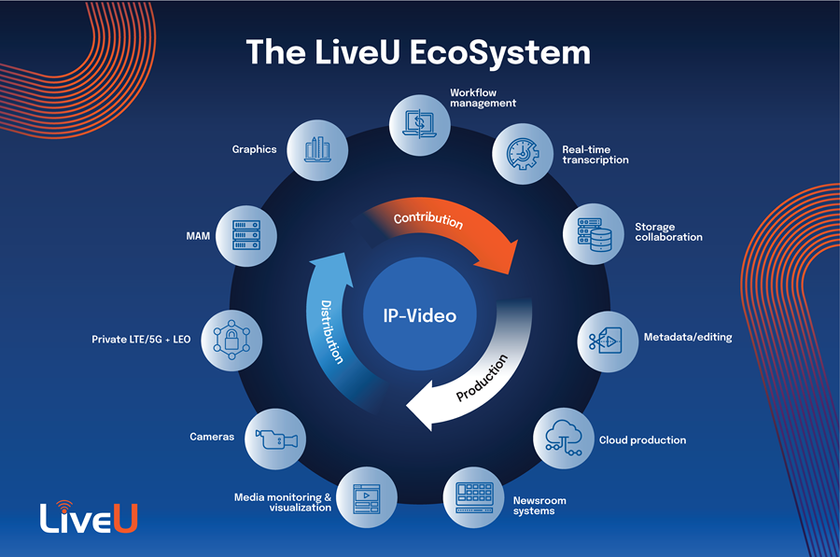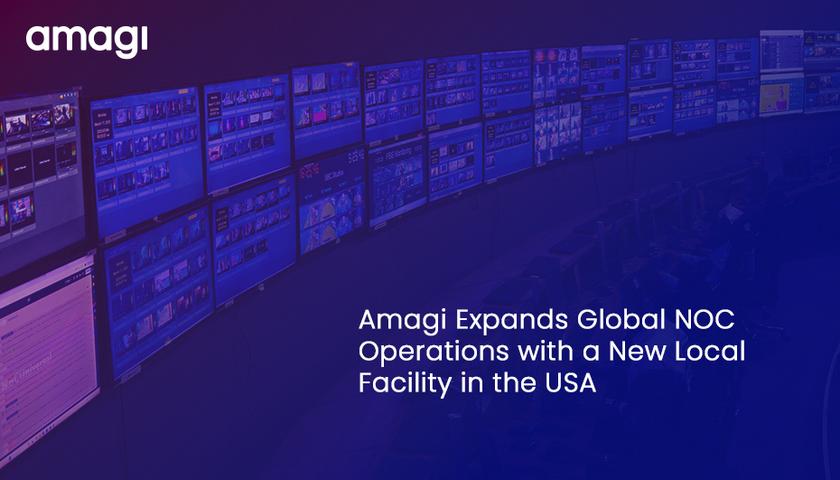CruiseCast satellite mobile TV hits the road this spring

Here’s the picture. Your teenager and your first-grader are in the backseat on the long drive to grandma’s three states away. But there’s no fighting or complaints. The teenager’s watching “Futurama” on one headrest screen. The first-grader is watching “Spongebob” on another
It’s a tailgate party and in addition to using the back end of your car as a buffet and bar, it’s also a parking-lot theater.
That's the idea behind AT&T’s CruiseCast service, developed in conjunction with RaySat. The new antenna and receiver technology debuted last November to the auto industry, and now it’s ready to hit the highway, said RaySat COO Mike Grannan.
But most important, CruiseCast gets reception almost everywhere. “In the testing we've done with trial users, we're seeing 94 to 99 percent transmission availability," Grannan said.
While satellite mobile TV makes perfect sense for traveling vehicles, there are two formidable challenges to delivering a consumer-friendly system: antenna size (to receive a normal broadcast signal, you need a certain amount of power) and maintaining a clear line-of-sight to the satellite.
"Satellite systems are architected for antennas positioned in orbital arc with a clear line of sight from the antenna," Grannan said. "Traditional satellite delivery doesn't work in-car, because when you're blocked, you can't receive the signal. Drivers typically only have line-of-sight 60 to 65 percent of the time. That means, effectively, that 30 percent of the time, you're not watching TV."
So why not use a terrestrial system? Coverage and capacity, Grannan said. "You're putting towers where there are people, not necessarily where there's geography. The problem occurs when you drive out of town.”
Grannan offers the example of cell phone networks. "Even with tens of millions of customers, cell phone towers are put where the population is," he said. "They cover 90 percent of populations, but only 60 percent of the geography."
The second issue with a terrestrial system is that expensive and scarce spectrum limits the number of channels to "a couple of dozen." Even hybrid satellite systems are constrained by the limits of a terrestrial network, Grannan said.
"It's not scalable from a video channel perspective, and coverage is always an issue. We thought that satellite was the best way to get ubiquitous coverage. In the KU-band spectrum, the FCC has licenses every two degrees — there's 500Mhz of spectrum available. We’ve started with 22 video and 20 radio channels, but we're not limited. There's no technological limit to the number of channels we can offer."
CruiseCast addresses transmission reliability problems by buffering the signal. This offers the additional advantage of letting designers shrink the antenna.
"Satellite antennas were too big to become a mass market product," Grannan said. "We knew we had to make the antenna smaller, which increases the [reliability] problem; it increases the errors. We knew we had to change the transmission technique.”
CruiseCast scales the antenna down to a 9.5in by 5in pod attached to the vehicle roof. The antenna pairs with a receiver mounted inside the vehicle that delivers the video and audio. The remote control uses RF so it doesn't have to be pointed at the receiver. A three-minute buffer solves the transmission reliability problem.
"While normal satellite TV has no redundancy in transmission, we had to figure out a way to live without getting every bit," Gannan said. "So we're transmitting at a lower bit rate than in-home services. We don't need the higher bit rate because people aren't putting 52in plasma screens in their cars. Ninety percent of in-car screens are 10in or less. We can use that extra payload to send every pixel more than once and use a buffer to save and maintain it." The system allocates 1GB of RAM for the buffer.
CruiseCast will be sold initially through car dealers and aftermarket product vendors at about $1300 for the equipment and $28 a month for the service. "Even with market down 30 percent, so many car dealers are trying to get you into the showroom," Gannan said. "A lot are offering free backseat entertainment."
But the real opportunity Gannan sees is integrating CruiseCast directly into vehicles on the factory floor. "Some producers are putting rear-screen viewing options in 50 percent of the cars coming off the line," he said. "That's our long-term goal."
But what if you want to watch the local traffic report on CruiseCast? That's in the works, Gannan said. "We fully recognize the need to support the ATSC mobile standard. It's going to take some time for local affiliates [to implement]. But when it happens, we need to be there."
For more information, visit www.cruisecast.com. Watch CNet's CES video review of CruiseCast, here:
Will CruiseCast push satellite mobile TV across the chasm?Post a comment or visit our Forum and start a discussion.
Get the TV Tech Newsletter
The professional video industry's #1 source for news, trends and product and tech information. Sign up below.













